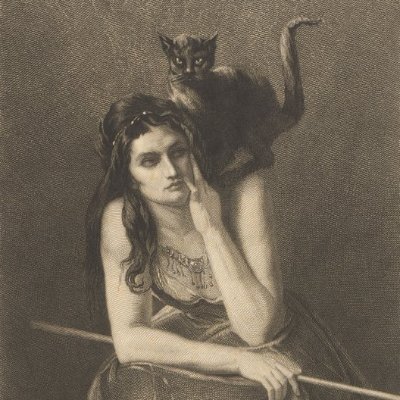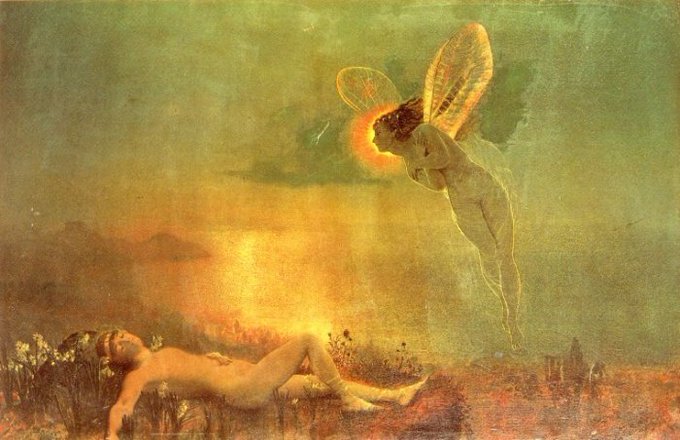#FairyTaleTuesday Countess Elizabeth Báthory allegedly murdered young girls to restore her youthfulness by using their blood. She may have inspired the stepmother in ‘‘Little Snow White’’ (1812), a tale which depicts the consequences of extreme vanity
#art by Santiago Caruso
#MythologyMonday Pan Twardowski,in Polish folklore and literature, is a sorcerer who made a deal with the Devil.He sold his soul in exchange for special powers – such as summoning up the spirit of Polish King Sigismund Augustus' deceased wife – but he eventually met a tragic fate
'Micromégas' is a 1752 novella by Voltaire. Along with his story 'Plato's Dream', it is an early example in the literary genre of science fiction.
The tale recounts the visit to Earth of a being from a planet circling the star Sirius, and of his companion from the planet Saturn.
The #vampire squid (Vampyroteuthis infernalis) is a small cephalopod found throughout temperate and tropical oceans in extreme deep sea conditions. Its name was inspired by its dark colour, cloaklike webbing, and red eyes, rather than habit—it feeds on detritus, not blood.
#SuperstitionSat The Flying Dutchman is a legendary ghost ship that can never make port and is doomed to sail the oceans forever.The myth is likely to have originated from the 17th-century golden age of the Dutch East India Company. The sight of this ship is a portent of doom.
'The Vampire' (1841) is a gothic novella by Aleksey Konstantinovich Tolstoy, first published under the pseudonym of Krasnorogsky. The inspiration for the story was Tolstoy's stay in Italy in 1838. Tolstoy's writing on vampires was partly influenced by 'The Vampyre' by Polidori.
In Welsh mythology, Cŵn Annwn were the spectral hounds of Annwn, the otherworld of Welsh myth. They were associated with a form of the Wild Hunt, presided over by either Arawn, king of Annwn, or by Gwyn ap Nudd as the underworld king and king of the fair folk.
🎨Henri Lievens
John Atkinson Grimshaw #Fairies
'Midsummer Night'
'Spirit of the Night'
'Endymion on Mount Latmus'
'Iris'
#SuperstitionSat The albatross as a superstitious relic is referenced in Coleridge's 'The Rime of the Ancient Mariner'. It is considered unlucky to kill an albatross; in the poem the narrator kills the bird and his fellow sailors force him to wear the dead bird around his neck.























